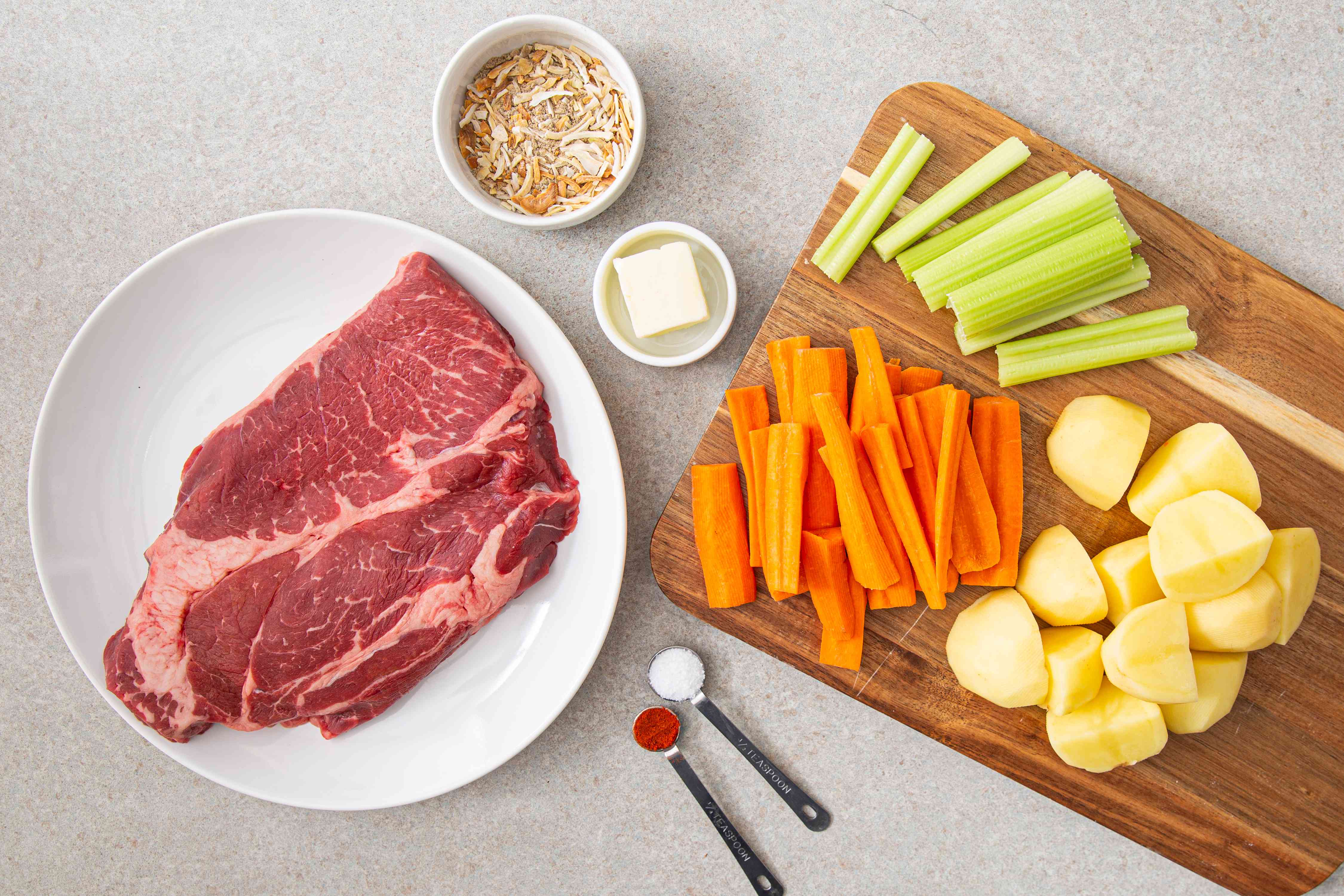
Your children should be able create a simple but effective list of cooking skills. These skills include creating innovative recipes, as well as ensuring safety in the kitchen. Here are some tips that will help you develop these important skills in your children. Here's a sample list:
List of essential culinary skills
An aspiring chef should not only have a culinary degree but also know how to properly prepare food. These skills include knowing how to determine the freshness of ingredients and prepare meats, fruits, or vegetables. They also know how to convert standard recipes into larger batches. Chefs must have good time management skills and a keen sense to smell and taste. Furthermore, they should be capable of properly handling knives and food equipment.
Sauteing, a versatile cooking technique, can be used for many ingredients. Lightly sauteed vegetables and shrimp in garlic butter are particularly delicious. Braising, the oldest form of cooking, is usually done over an open fire. This skill is very basic, but it is still very useful. You can learn how to boil a meal and become a great cook. Safety tips and how to use knives are also essential.
Creative recipes
Creative recipes are key to success in cooking. They are a way to show off your creativity and skills. Creative thinking, also known by divergent thinking allows you to think out of the box to develop new ideas. This is an essential skill for a chef's career. It allows you experiment with new recipes and techniques, which will impress your customers. To impress your employer, you will also be able to experiment with new flavors. Think of different flavors, and think up interesting themes. You can improve your creativity by brainstorming and researching different cooking methods.

Another problem is the inconsistent way they define cooking skills. Although they aren't sure which one is more crucial, they agree that the skill definition needs to be updated. The definition of a skill should evolve from the perceived Golden Age, when basic cooking skills were more advanced than a person's ability. We must encourage the development of these skills and their continued use to ensure a vibrant and healthy future for food.
In a kitchen, create a safe space
Developing a safe environment in a commercial kitchen is imperative for the health of your staff. The kitchen can be a potentially dangerous place with electrical appliances, bacteria, and an open fire in the oven. It is important to create a plan for cleaning the kitchen and use safety equipment. Additionally, never leave young children unattended in the kitchen. Properly training employees and implementing a safety plan can go a long way to preventing accidents.
Fire-resistance and fire-safety training are vital for all kitchen staff. Local fire authorities can offer training in fire safety. Staff in the kitchen should be familiar with where fire blankets and extinguishers are and how they can be operated. It is also a good idea to train employees in CPR/first aid. Kitchens should be equipped with non-slip flooring or mats whenever possible.
Identifying food safety hazards
It is essential to identify potential food safety hazards when you prepare meals for your family, or for catering special events. Food safety is important because it can help prevent food poisoning outbreaks and product recalls. Failure to do so can also lead to regulatory action and brand damage. Codex HACCP compliance for food businesses is essential. Recognizing hazards is a crucial requirement.

There are many physical dangers that could cause injury to humans. These hazards can be either natural or artificial, and they can come from plants or people. Different physical hazards have different probability of causing disease or injury. These hazards are not necessarily inherently dangerous, but they must be identified and eliminated before they can cause harm. To find potential hazards, identify the source and figure out how to minimize it. By observing the product, you can identify the source of risk.
FAQ
What equipment do I need to cook?
To learn to cook, you don’t need to have any special equipment. However, it can be easier to use the right tools. For example, a knife could be used for pasta making or a whisk would be better than a hand mixer for whipping egg whites to stiff peaks. It makes cooking much easier and quicker.
What are the advantages of using a slow cooker to cook?
Slow cookers can be very helpful because you can prepare delicious meals quickly. Slow cooker recipes often have a lower oil and fat content than traditional recipes. Slow cooker recipes are also convenient as they can take care of themselves while your sleep.
What's the difference between a professional chef and an amateur cook?
A chef prepares meals for others. A cook prepares the food for oneself. A chef, on the other hand, works directly with customers. This means that they may have to decide what dishes to prepare for their customers based on their preferences. The cook doesn't have to interact with customers. Instead, a cook makes sure the food tastes good before delivering it to customers.
How Much Does it Cost to Learn Culinary Arts Skills?
The price of studying culinary arts varies widely. A four-year degree usually costs around $40,000. On the other hand, a two-year associate's degree may cost less than $5,000. The type of program you choose will determine the tuition rates. The prices charged by private institutions are generally higher than the public.
What skills are necessary to attend culinary school
A chef's job requires you to be able cook well under pressure and understand food safety regulations. You should enroll in cooking classes at local community colleges or high schools to learn how to cook. Once you have mastered the basics of cooking, you will need to find work in a restaurant and catering company.
Statistics
- According to the BLS, chefs earn $58,740 a year. (learnhowtobecome.org)
- In the United States, the category is estimated at $23.2 billion annually and is growing faster than the market. (washingtonpost.com)
- You'll be amazed that over 90% of CIA students receive scholarships and grants to finish their culinary studies. (ischoolconnect.com)
External Links
How To
How to Become a Chef
One of the most exciting careers is that of a chef. It takes a lot to be able to do this job well. If you're looking to get started immediately, there are many avenues to explore. There are many options for you to work in restaurants, hotels, catering businesses, or take cooking classes. To make the decision easier, we've prepared some useful tips on becoming a chef.
-
Cook! Everybody should learn to cook once in their lifetime. If you don't know anything about food yet, then you should definitely try to learn how to cook. Many recipes can be found online, and many are easy to follow. When learning new things, the most important thing to remember is not to rush. Enjoy every step and take your time.
-
Do you want to become an expert chef? You will develop your own taste and style while learning valuable knowledge. Culinary schools offer courses in baking, pastry making and meat cutting. They often require students to continue classes for several years before they are able to graduate. It is important to consider your options before choosing a school to train as a chef.
-
Work in a restaurant
Working in a restaurant is probably the easiest way to enter the world of chefs. Many people start out as chefs because they get hands-on experience. Restaurants always look for qualified staff, especially those who have worked in other fields. Restaurant jobs are a great way to get a job as a chef.